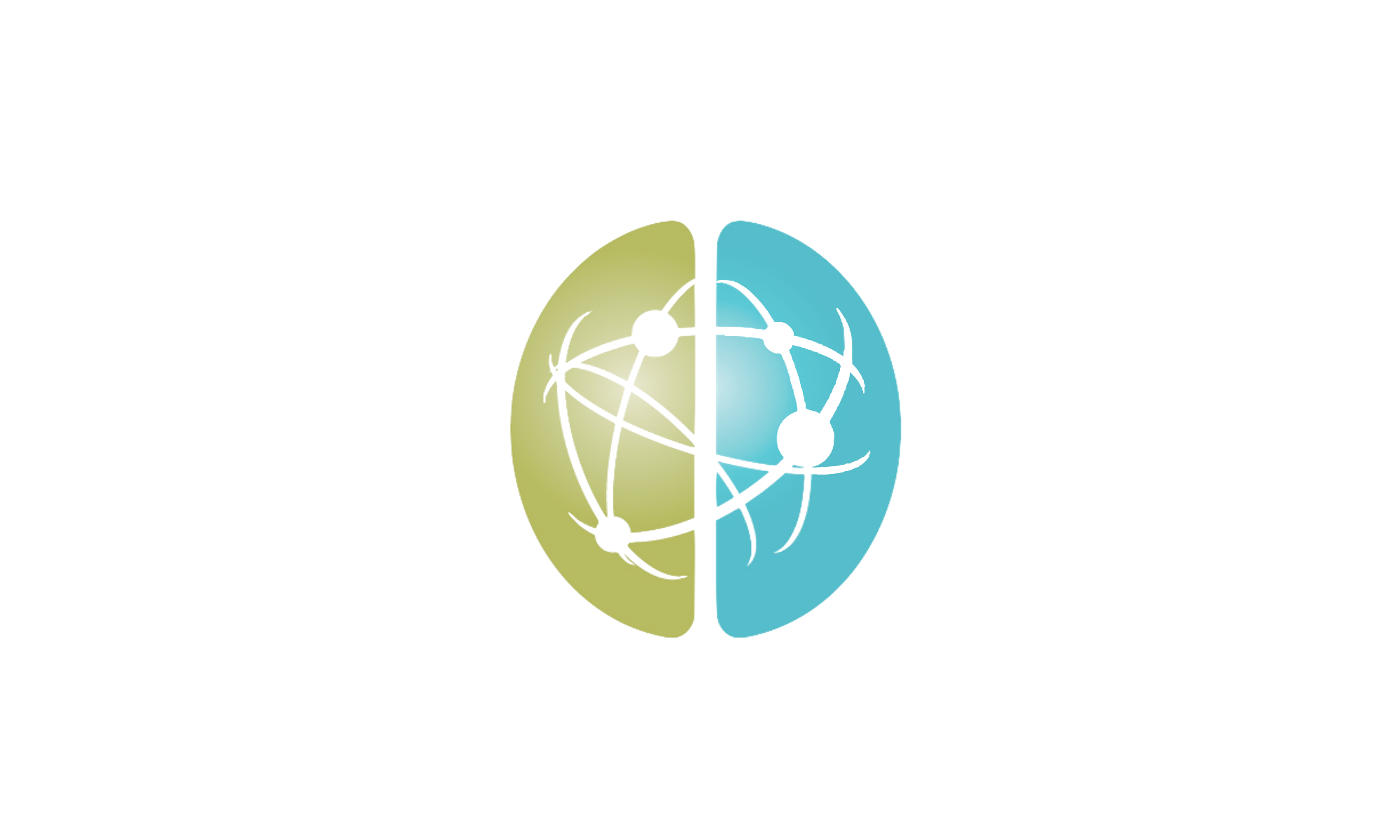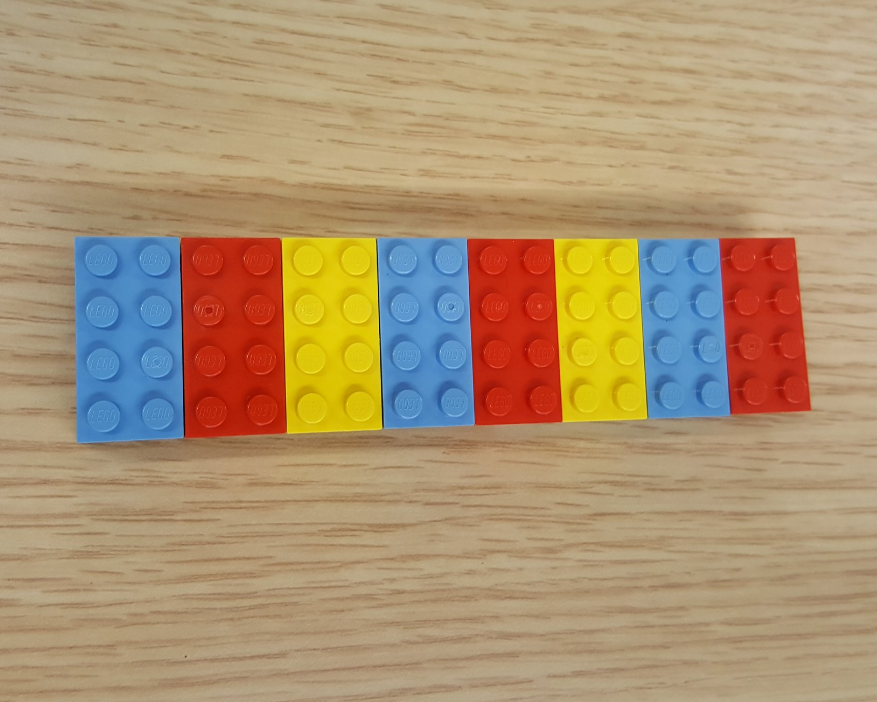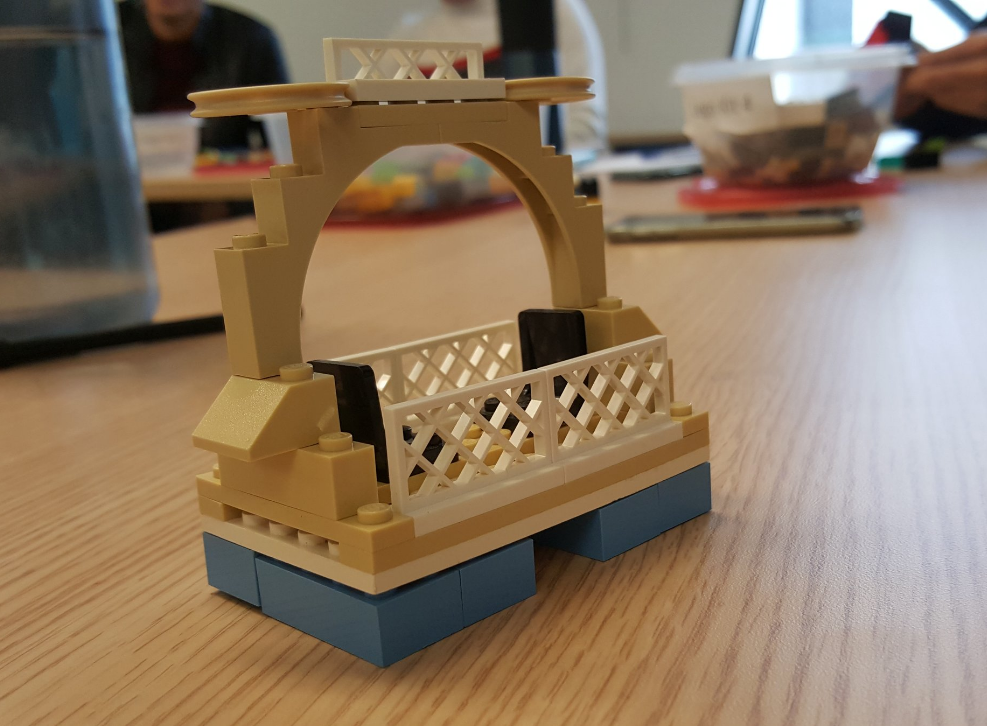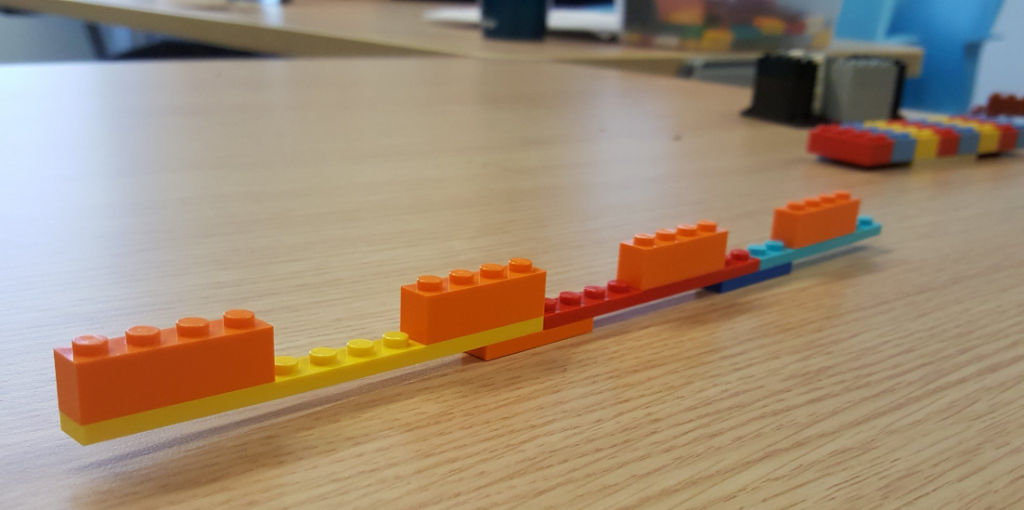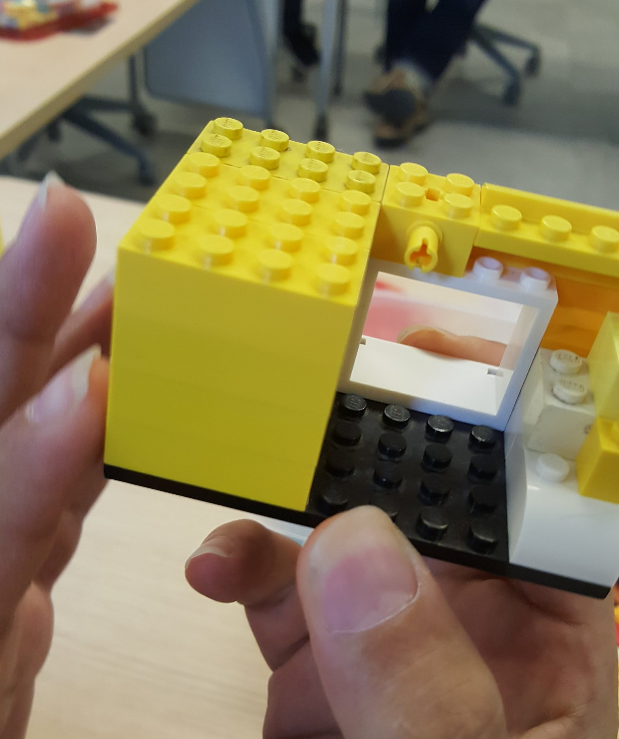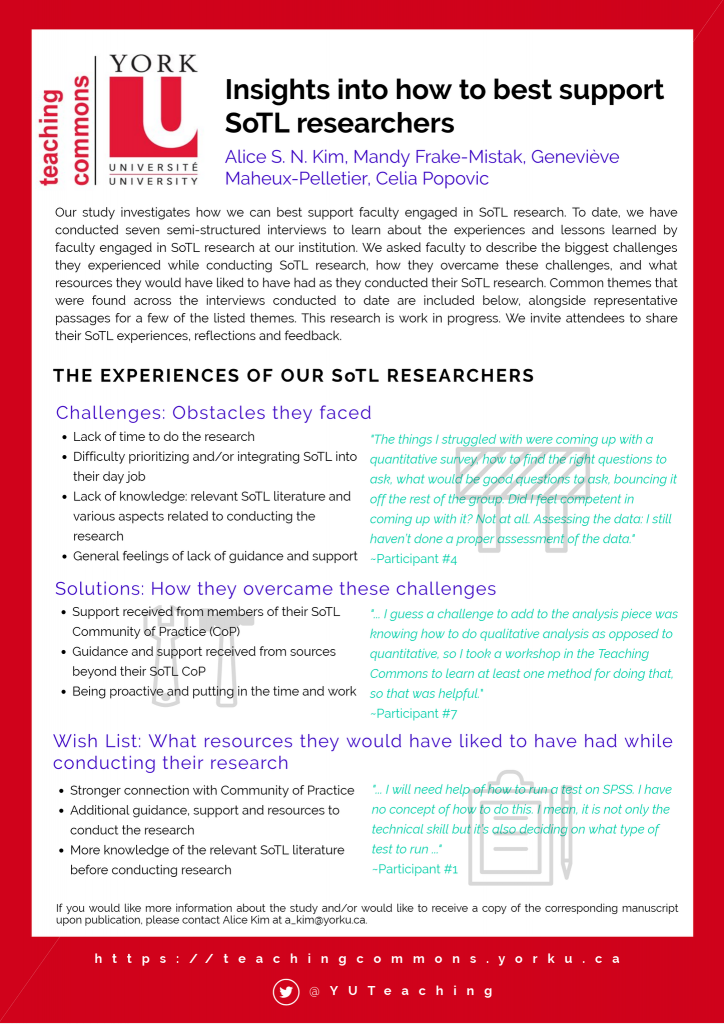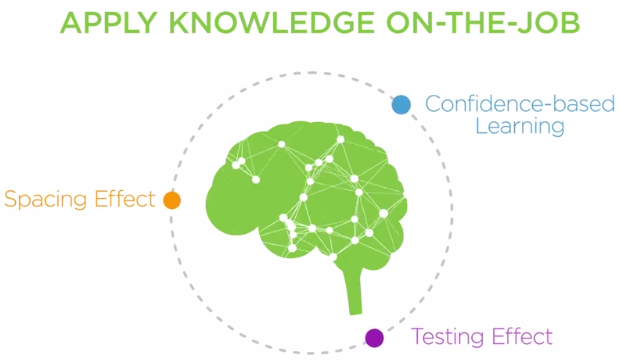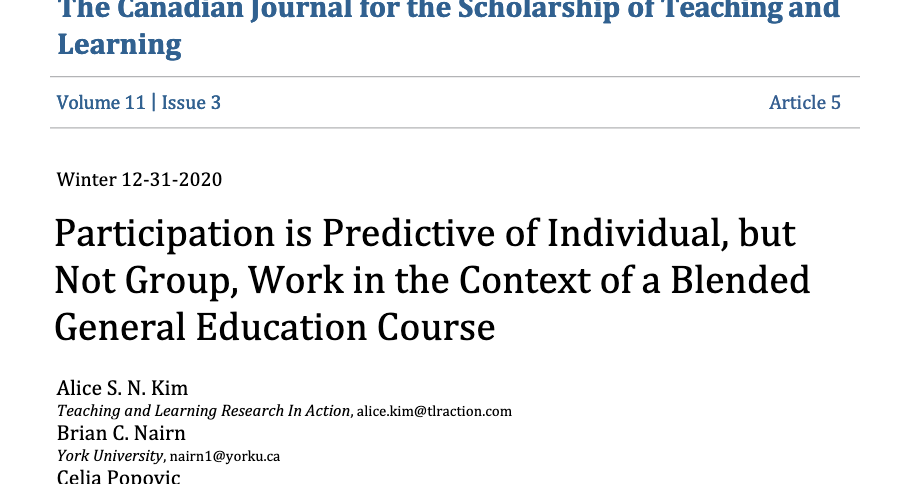
This paper will be a first to remember for me; it’s my first paper published in 2021, and the first published under TLR In Action (our recently formed not-for-profit). It also happens to be my first paper published in The Canadian Journal for the Scholarship of Teaching and Learning (CJSoTL), where I’m taking up my first editorial position as an associate editor. This will be a first to remember!
Click here for a link to the paper! We show that students participation grades are predictive of their grades on course work that they complete individually in a blended learning context.
